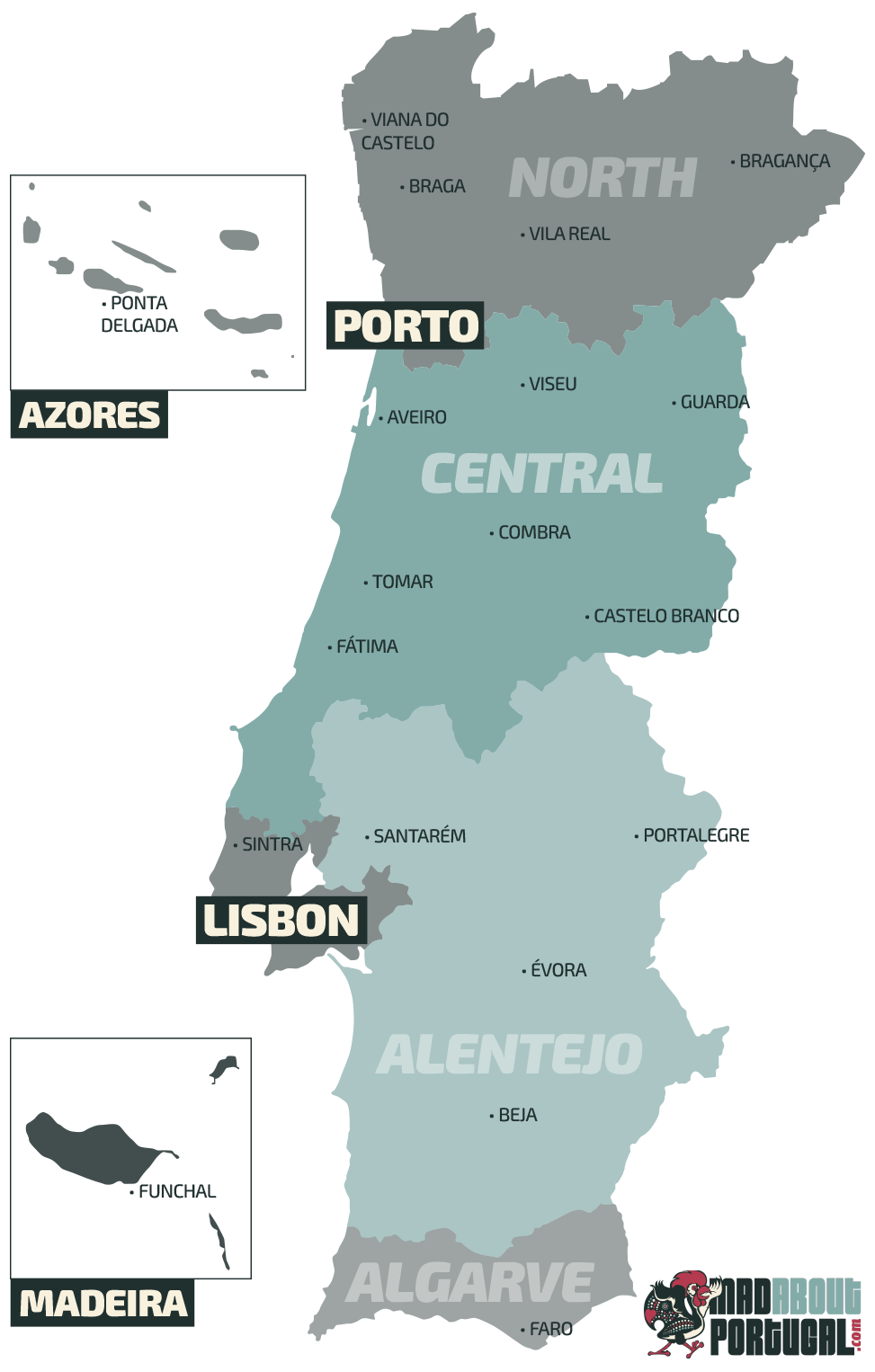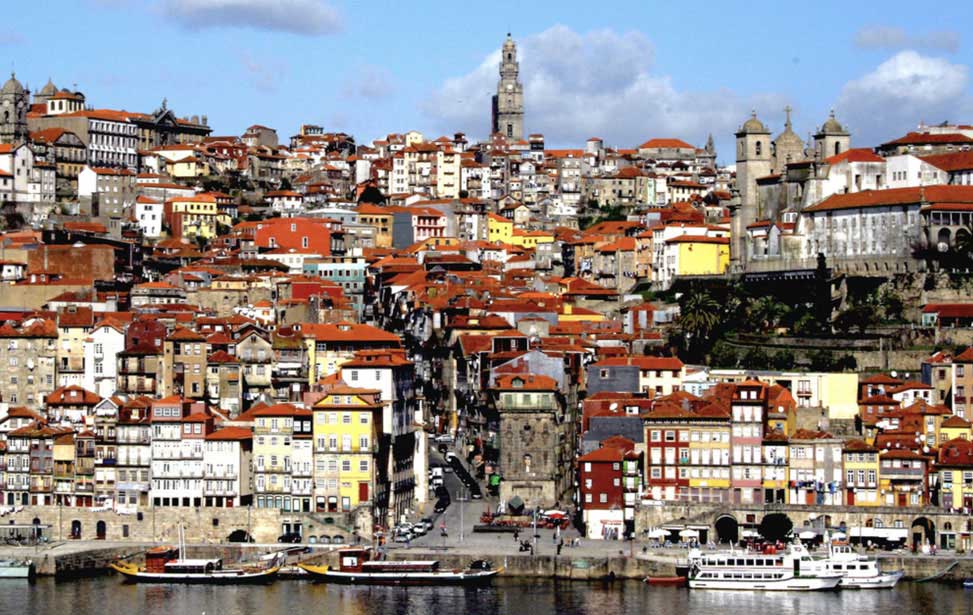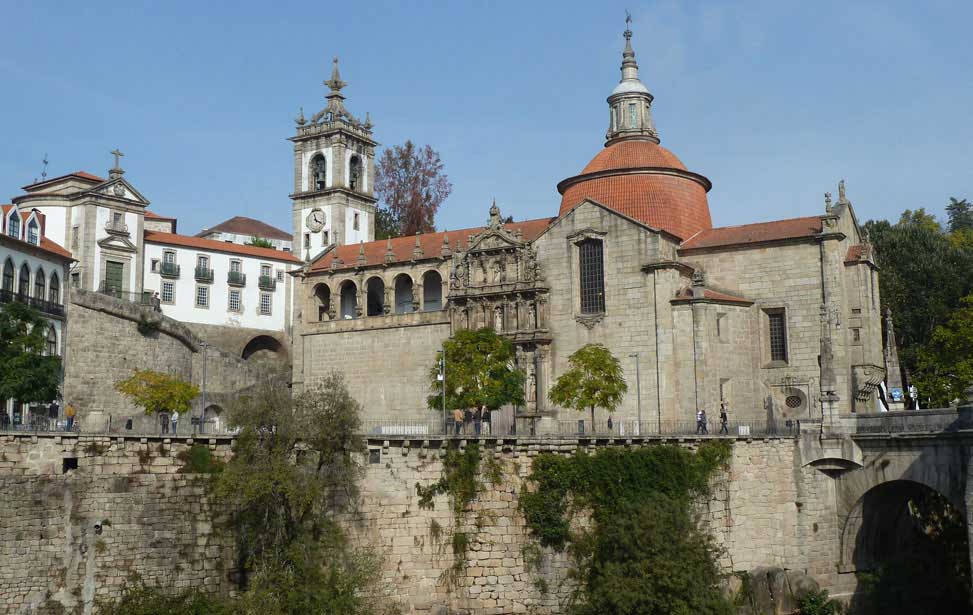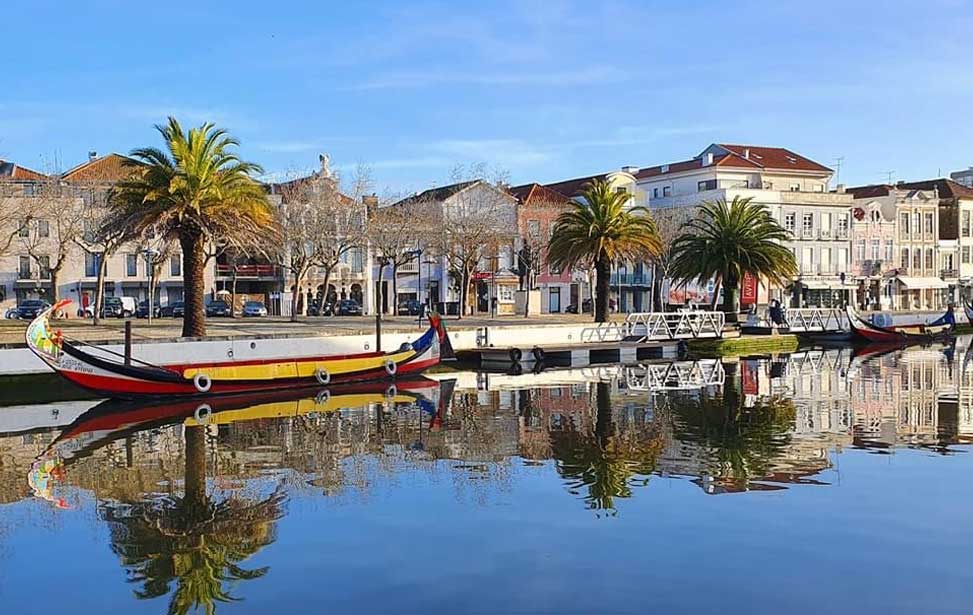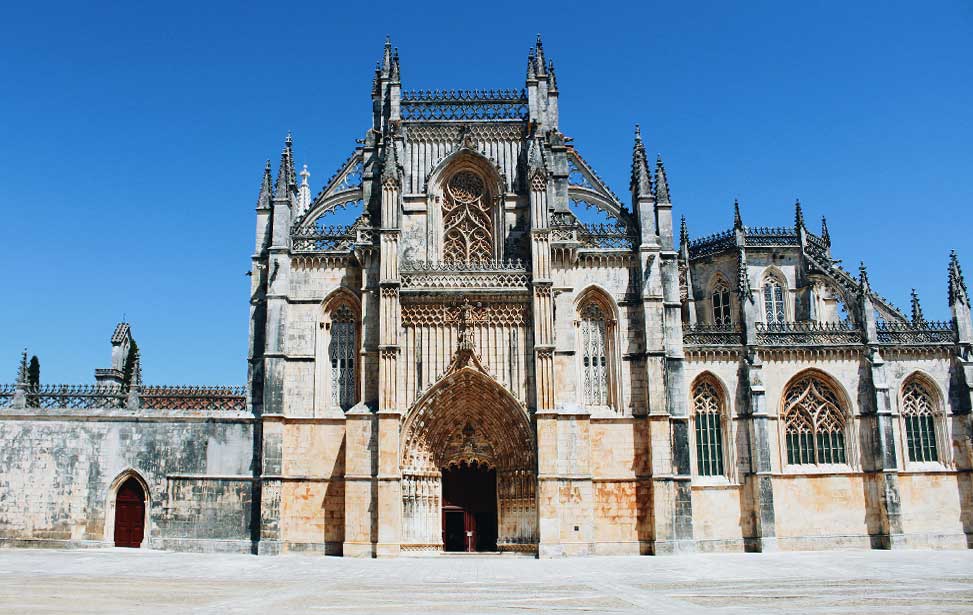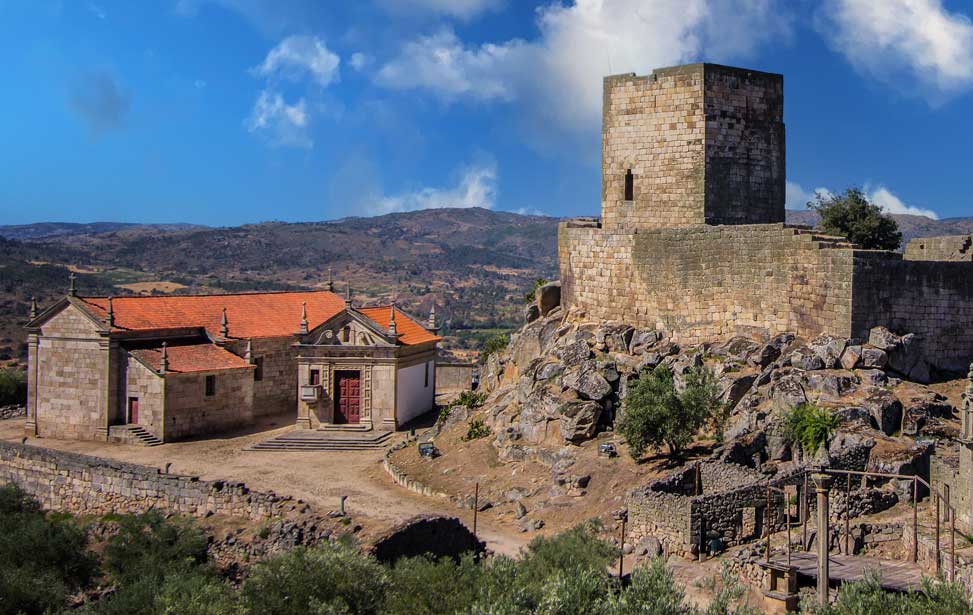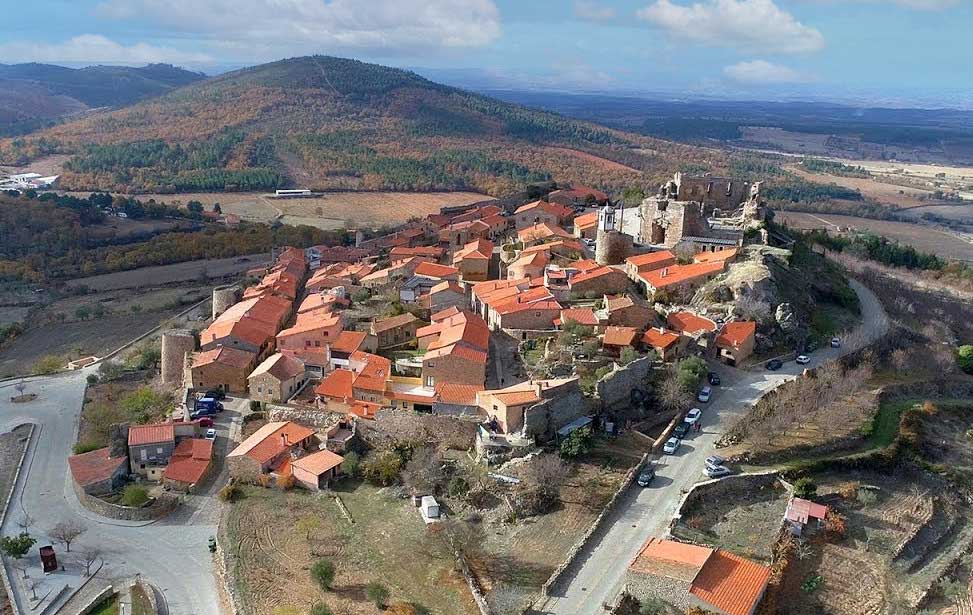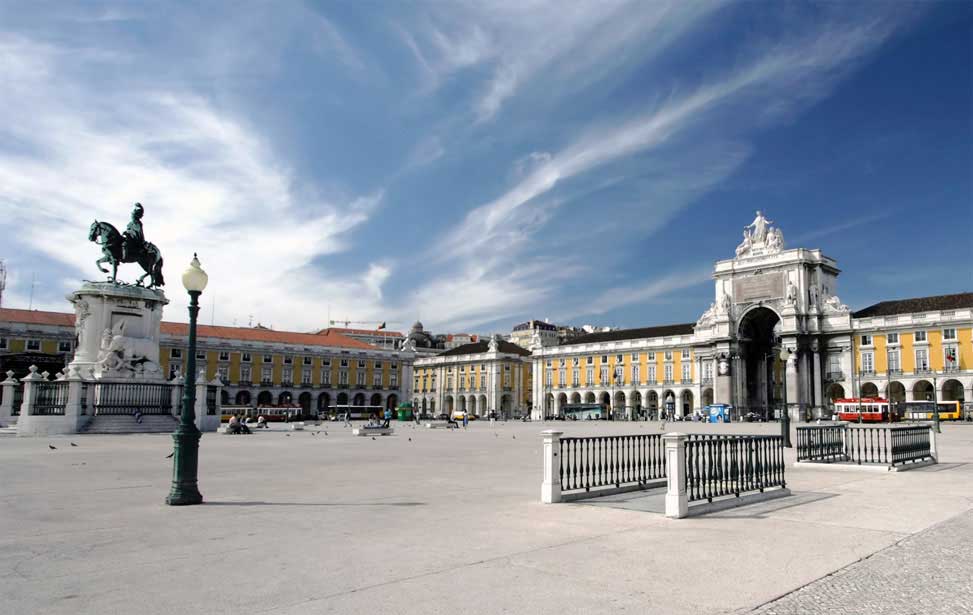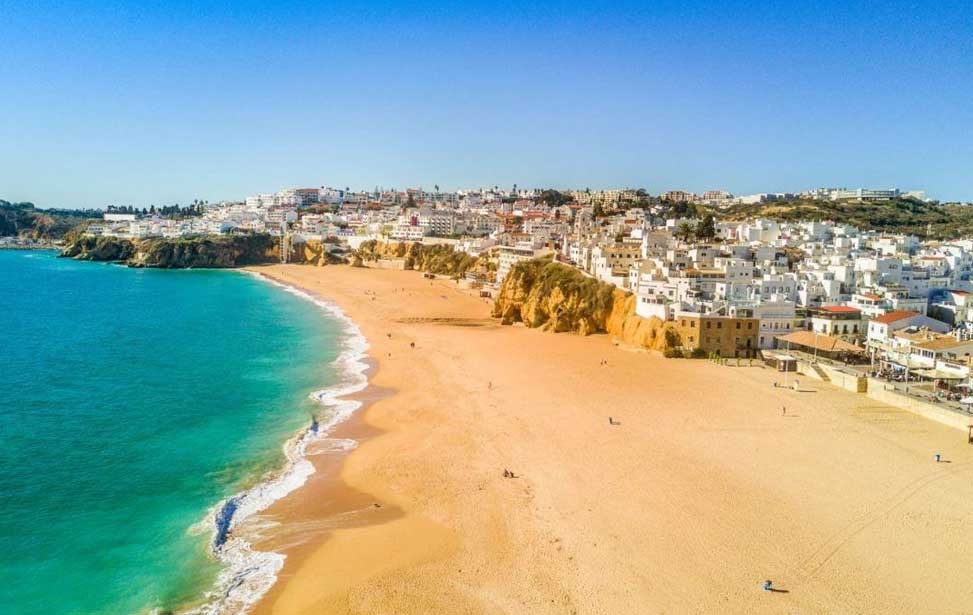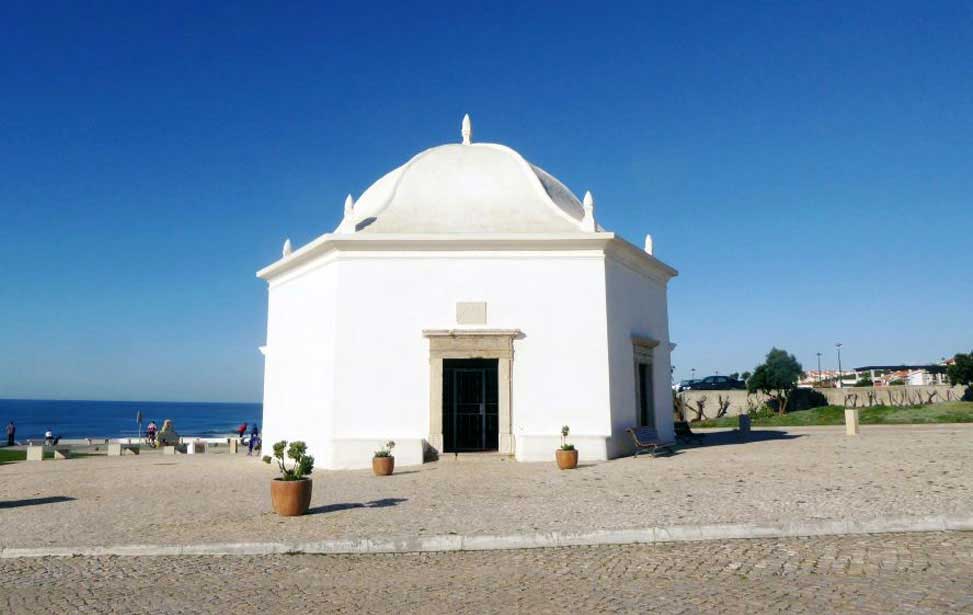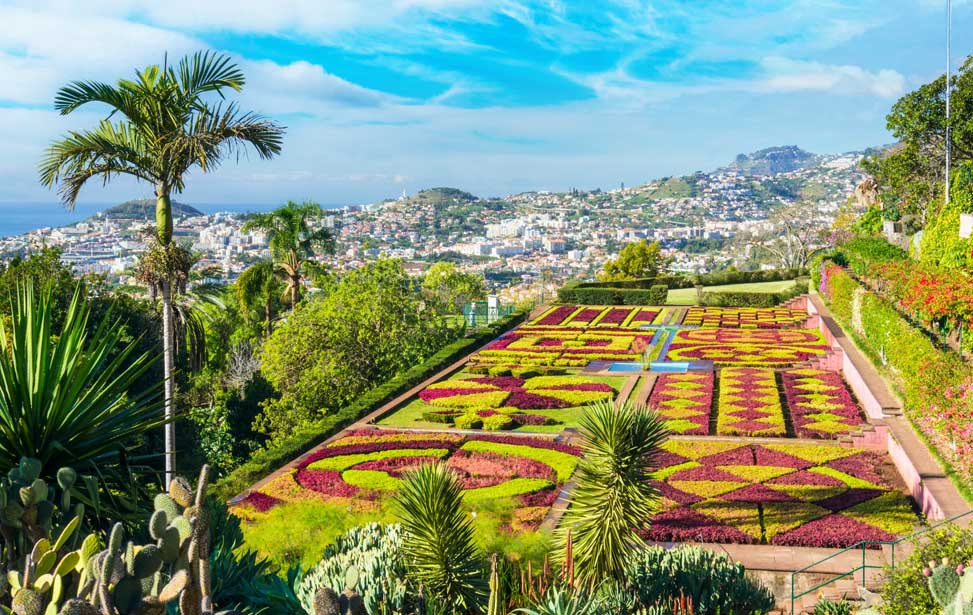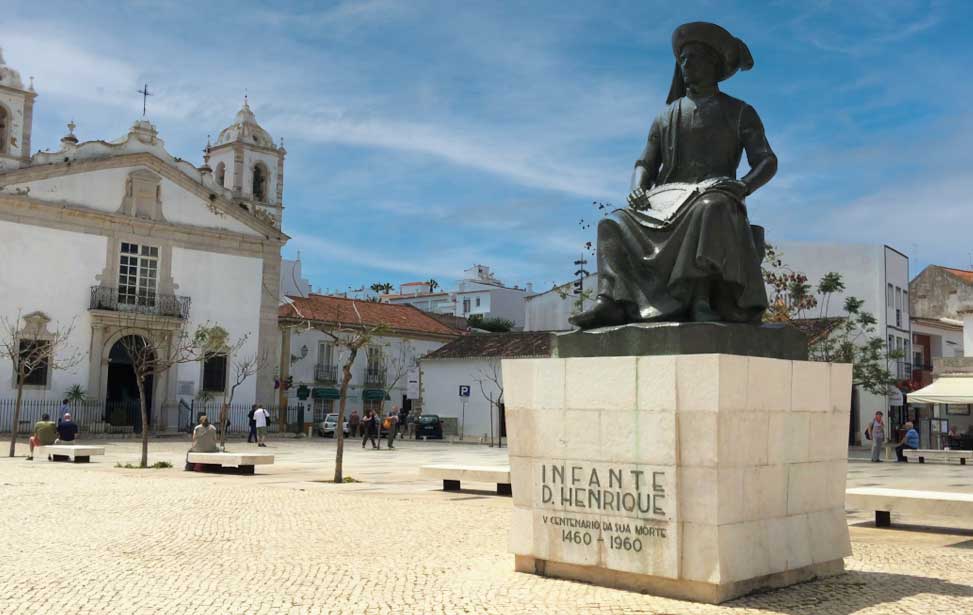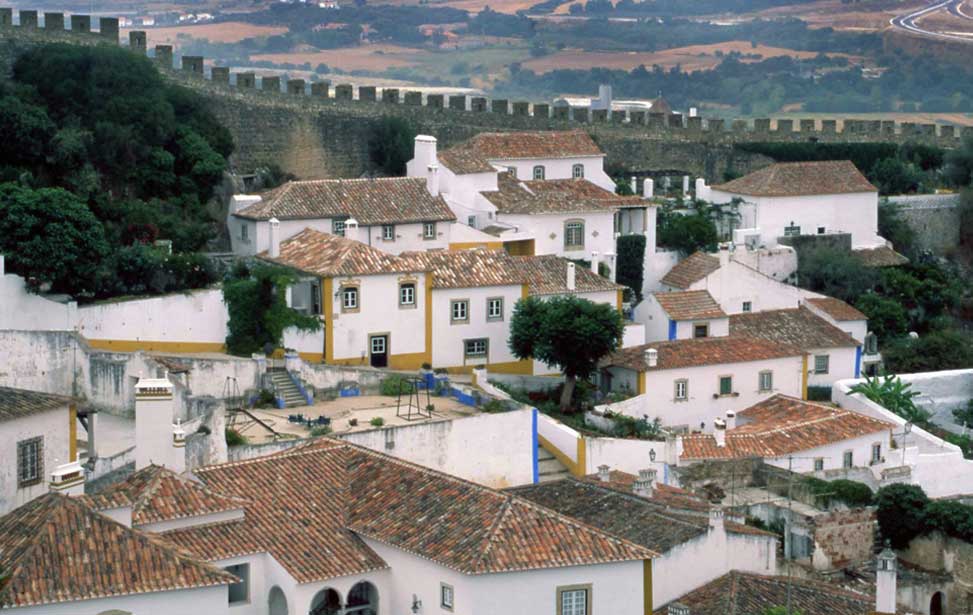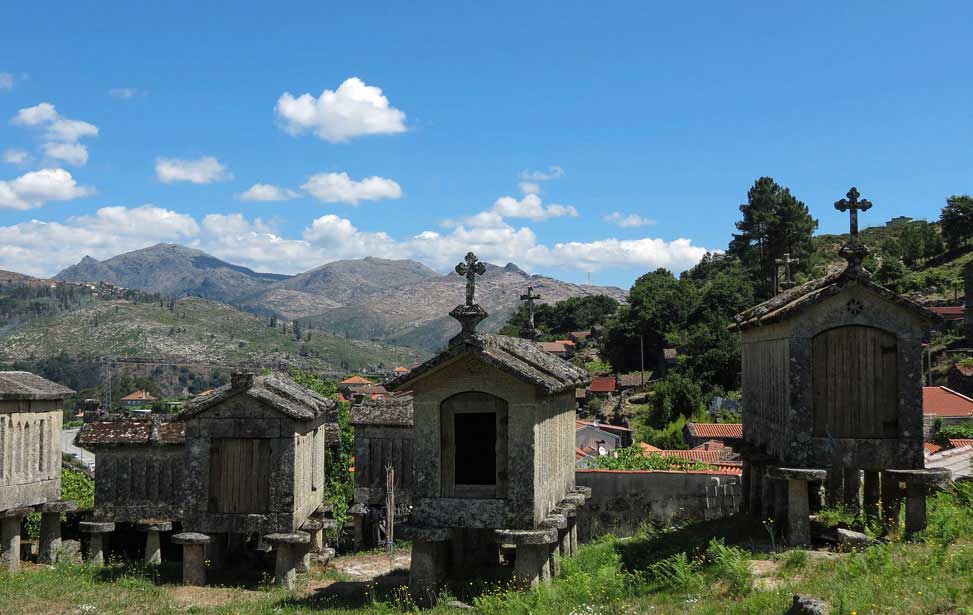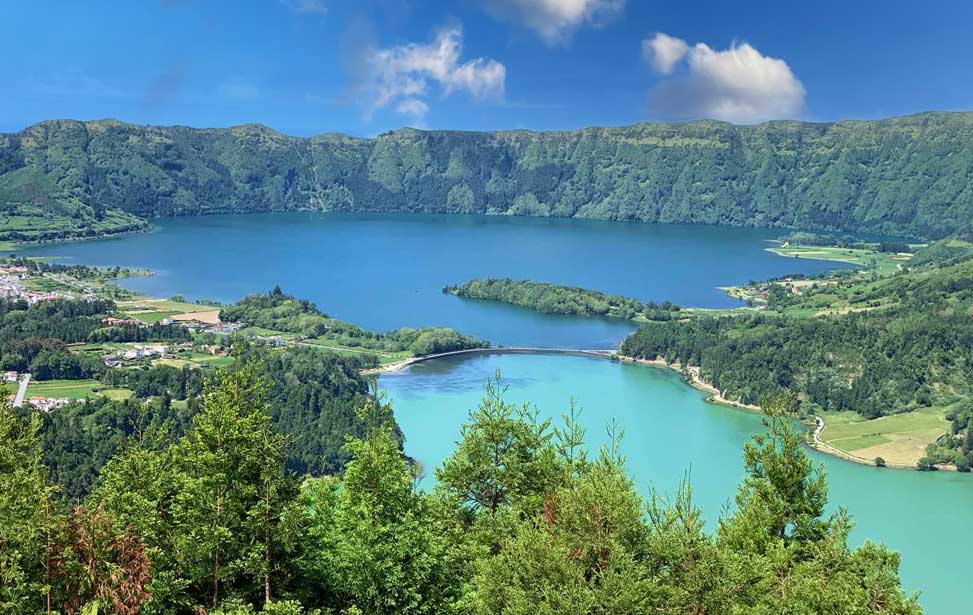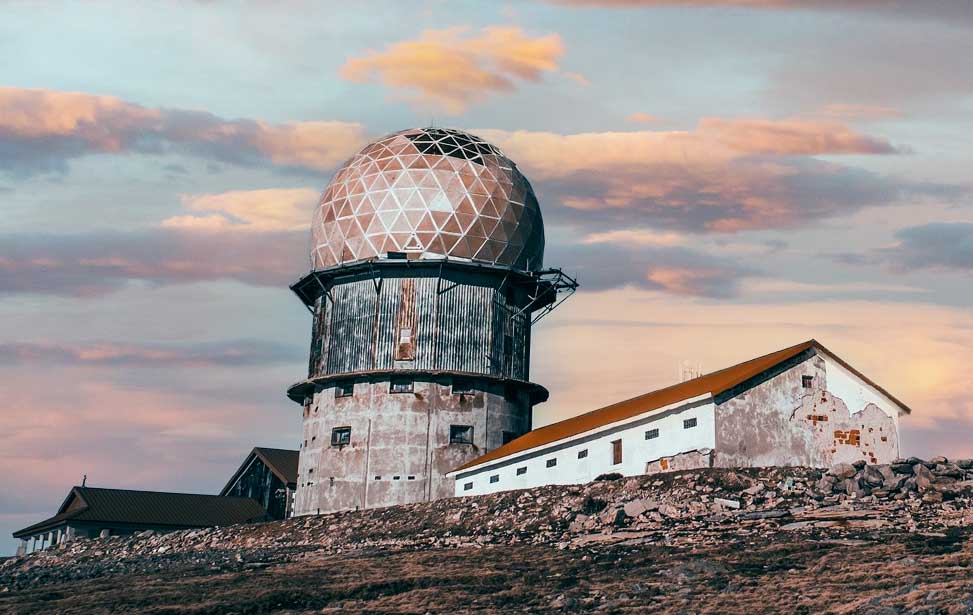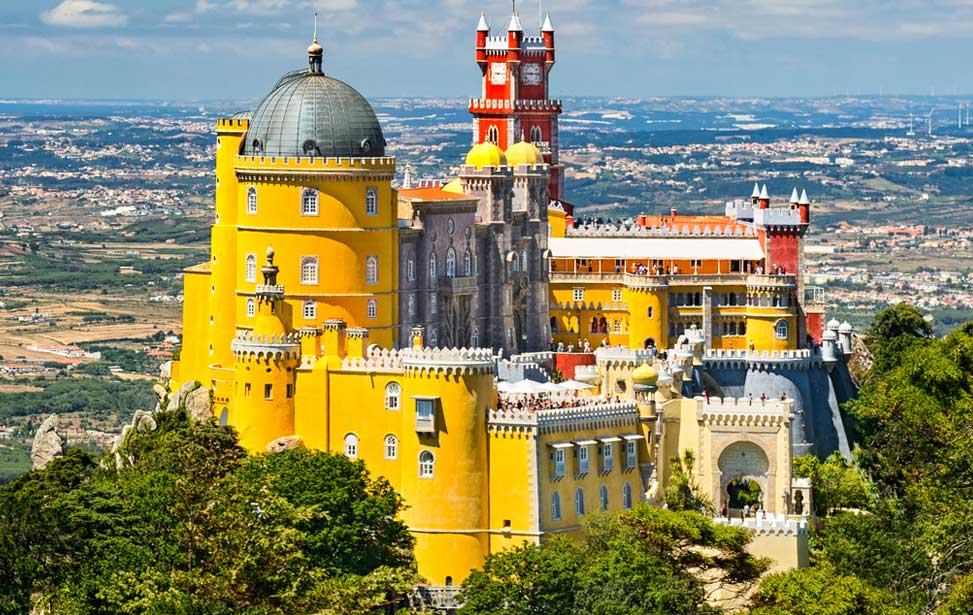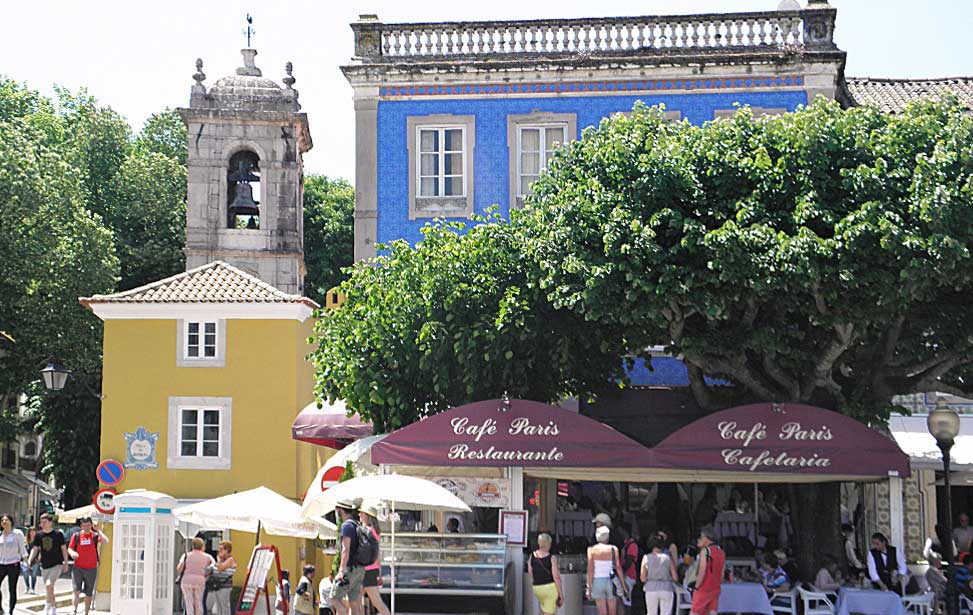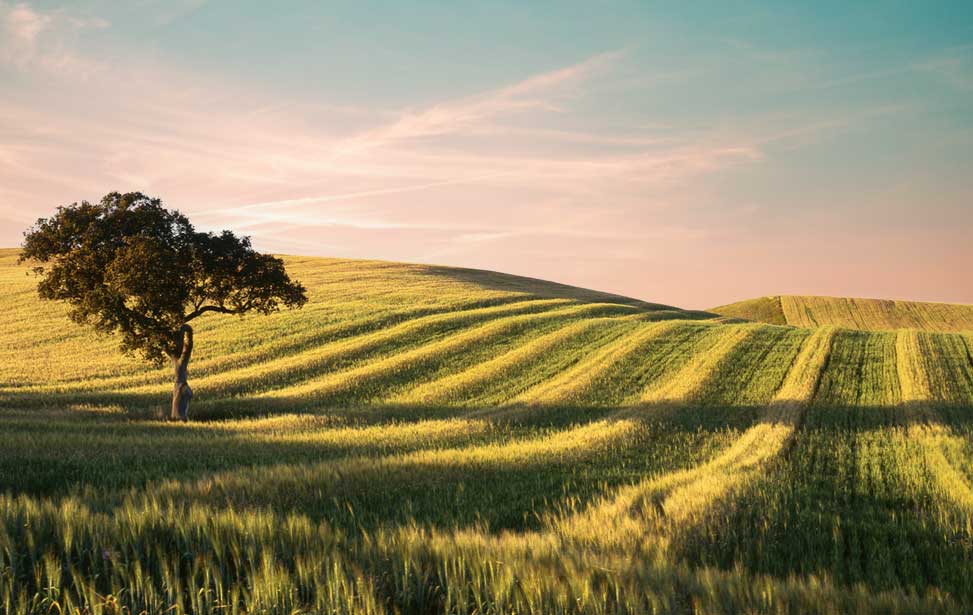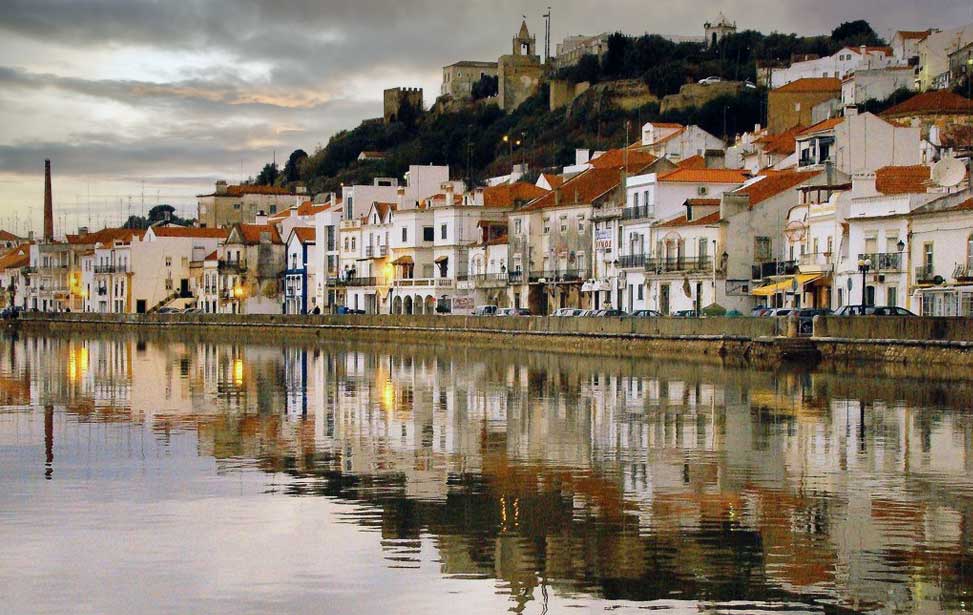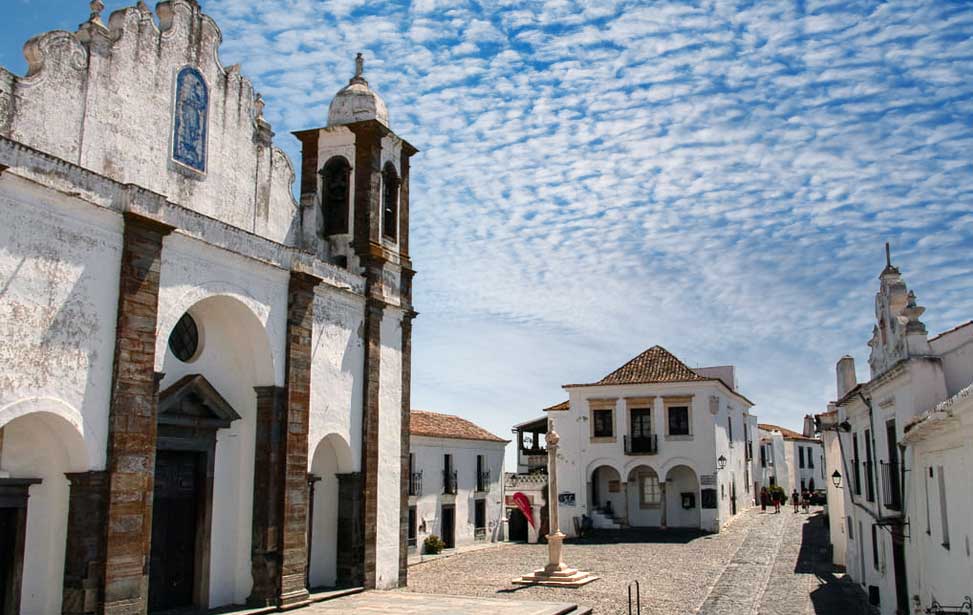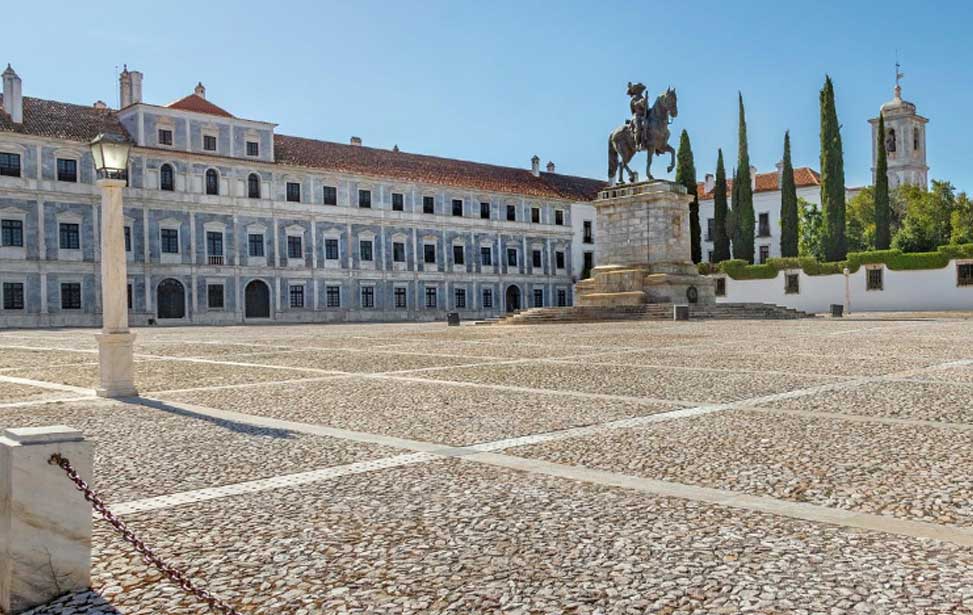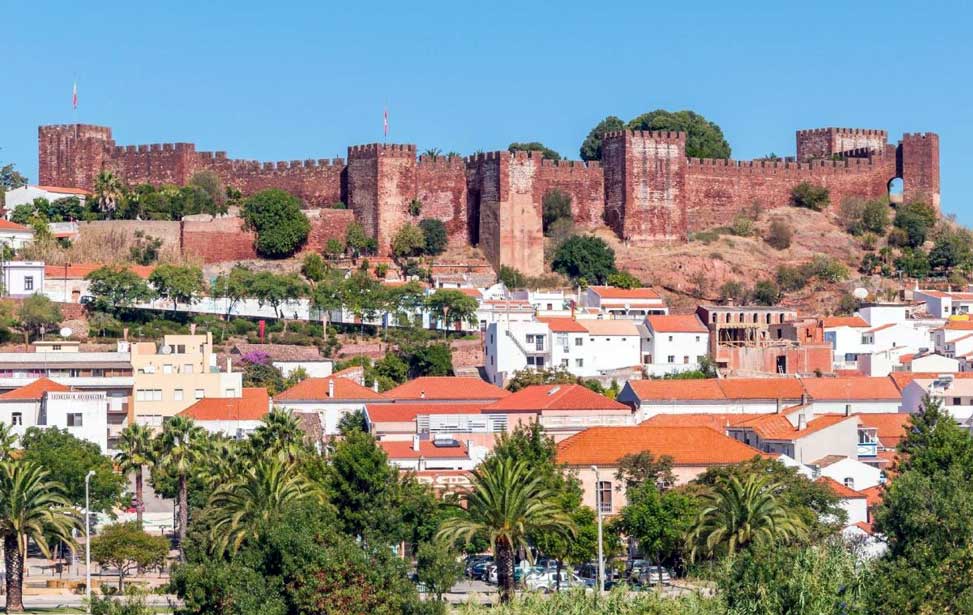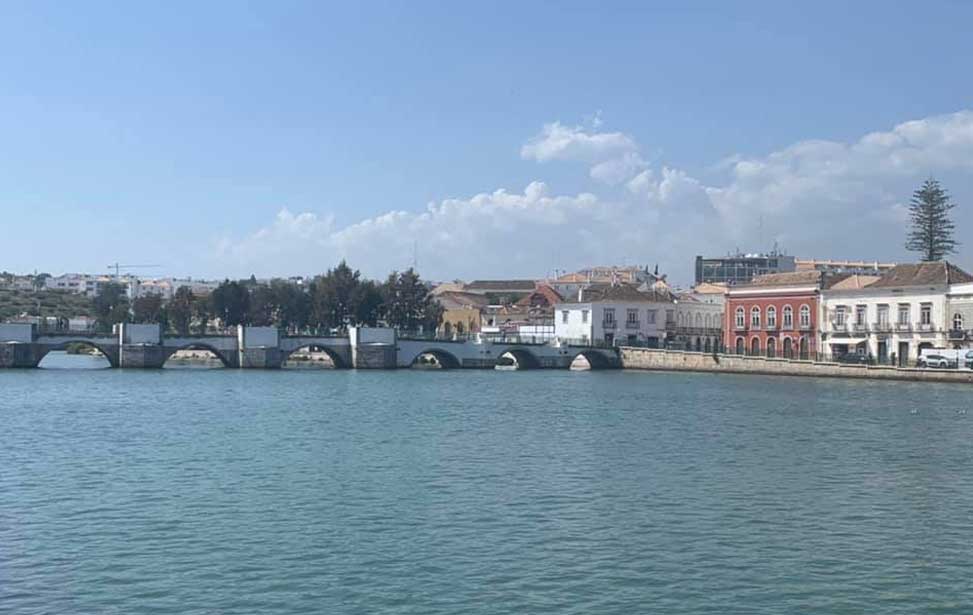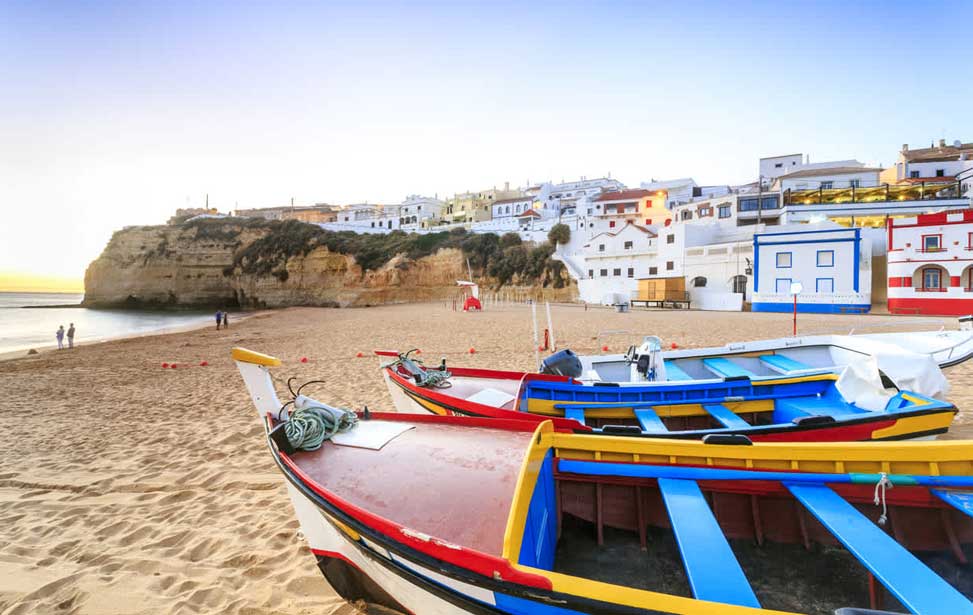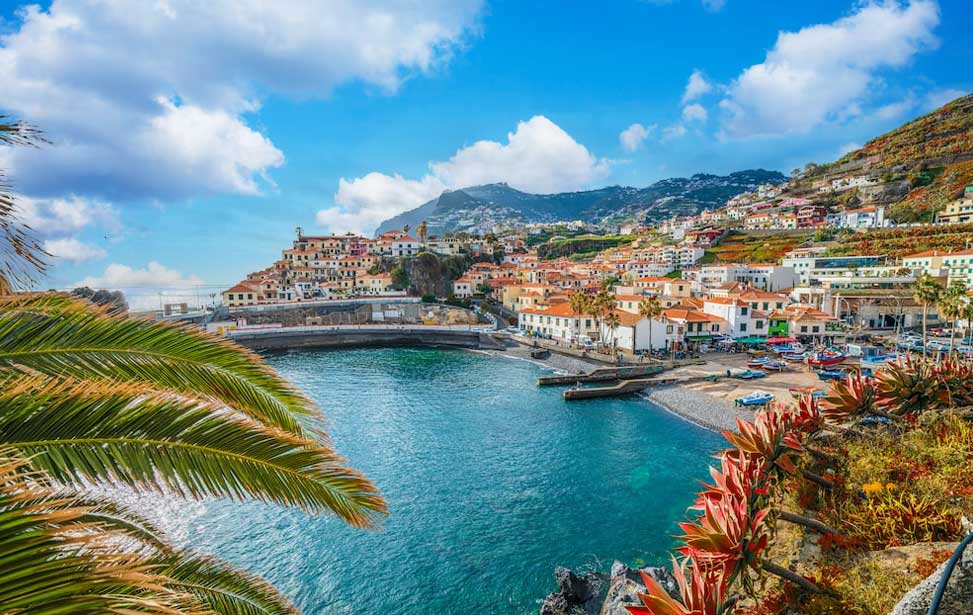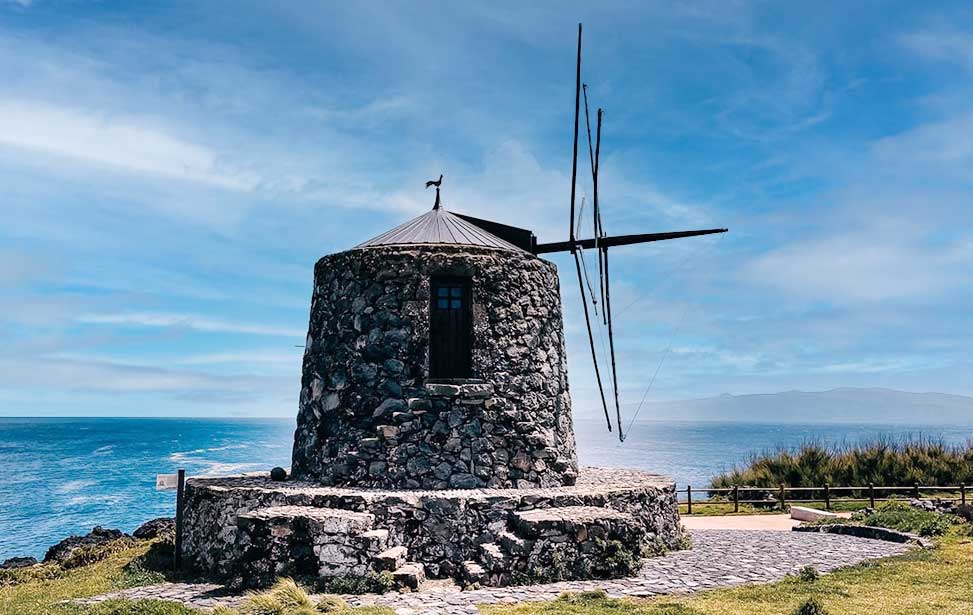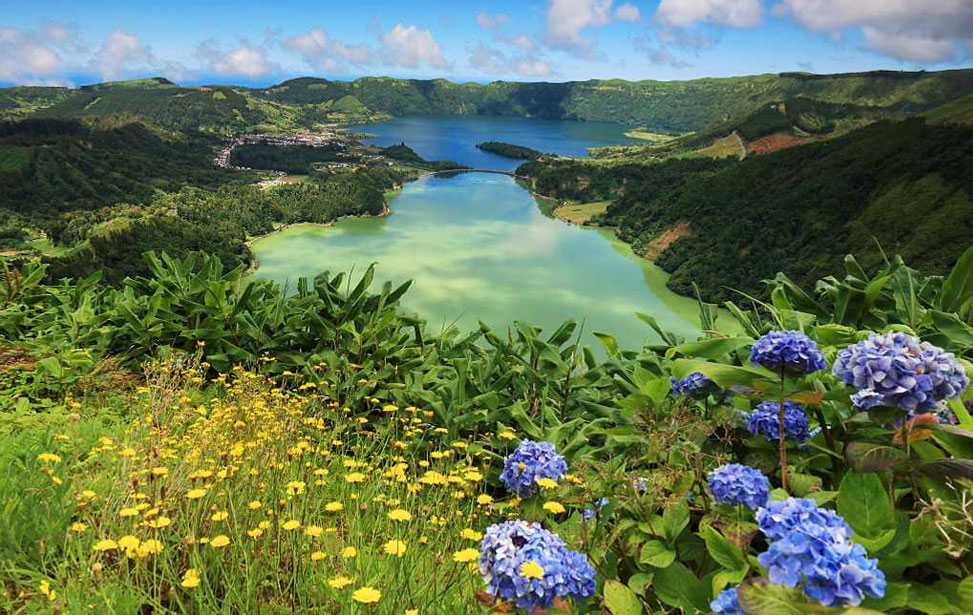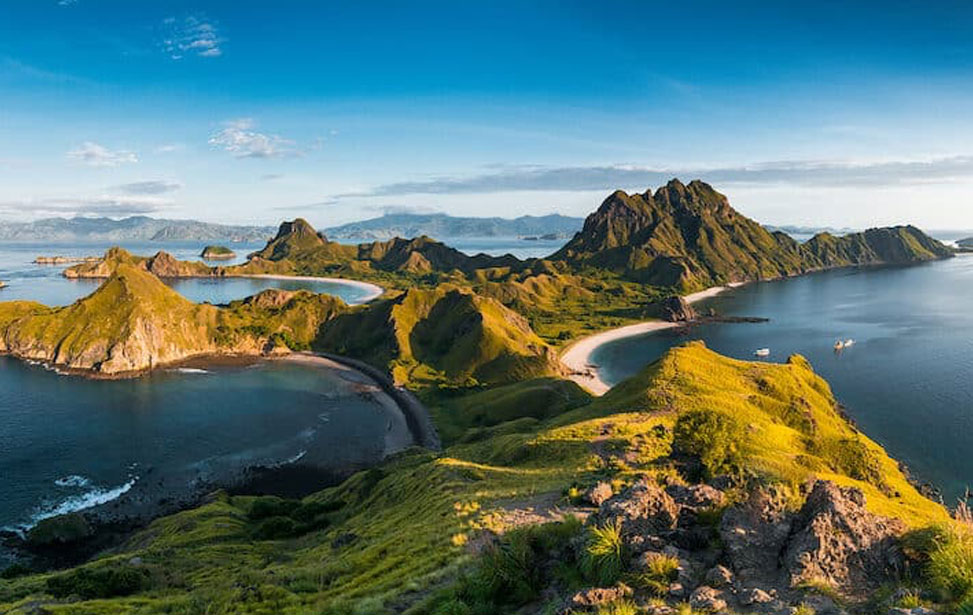AN INTRODUCTION TO PORTUGAL
The beautiful country of Portugal forms the most south-westerly point of mainland Europe. It shares the Iberian Peninsula with its only neighbour – Spain. Albeit its small size, Portugal has had a gigantean influence on the world throughout history. Within 92,000 square kilometres, landscapes and cultures differ dramatically from region to region. In the North, the terrain is green and dominated by forests, rivers, rolling hills and lush valleys. The centre has a more rustic and mountainous feel, with stone villages hugging hillsides, medieval frontier towns and lagoons. The South opens into prairies, cork forests, olive groves and fortified towns perched on hillocks. The golden beaches of the Algarve is a popular destination for family holidays. Portugal's diverse topography offer something for everyone. From the historic cities of Braga, Évora, Porto and Coimbra to the vibrant capital of Lisbon. Let MADABOUTPORUGAL.COM be your definitive guide to the perfect getaway. Explore the most exciting holiday destinations that will exceed your imagination.






